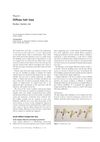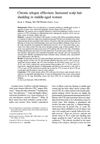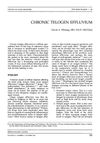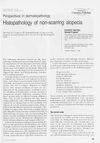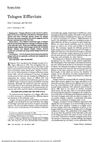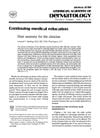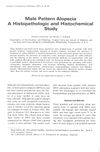Dermatopathology of Common Hair Problems
November 1999
in “
Journal of Cutaneous Medicine and Surgery
”
horizontal sections vertical sections scalp biopsies hair follicle anatomy hair growth cycle nonscarring alopecia androgenetic alopecia alopecia areata trichotillomania scarring alopecia discoid lupus erythematosus lichen planopilaris terminal hairs miniaturized hairs diffuse alopecia traction alopecia pressure alopecia pseudopelade folliculitis decalvans DLE LPP
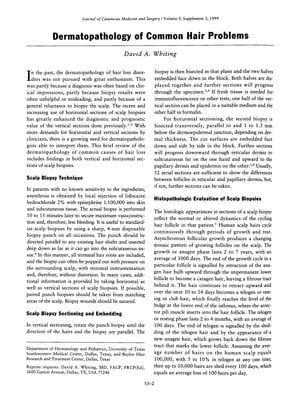
TLDR Examining scalp biopsies in different ways helps better diagnose hair loss types.
In the 1999 article, David A. Whiting highlighted the importance of using both horizontal and vertical sections of scalp biopsies to improve the diagnosis of hair loss conditions. The article detailed the biopsy technique and the significance of understanding the hair follicle's anatomy and growth cycle for interpreting results. It differentiated between nonscarring alopecia (e.g., androgenetic alopecia, alopecia areata, trichotillomania) and scarring alopecia (e.g., discoid lupus erythematosus, lichen planopilaris), with specific histopathologic features for each. Androgenetic alopecia was notably characterized by a decrease in terminal hairs and an increase in miniaturized hairs. Other conditions like diffuse alopecia, traction and pressure alopecia, and various forms of scarring alopecia such as pseudopelade and folliculitis decalvans were described, each with unique clinical and histopathologic characteristics. The document emphasized the role of scalp biopsy in the differential diagnosis of these hair disorders but did not provide study participant numbers to assess the strength of the findings.
